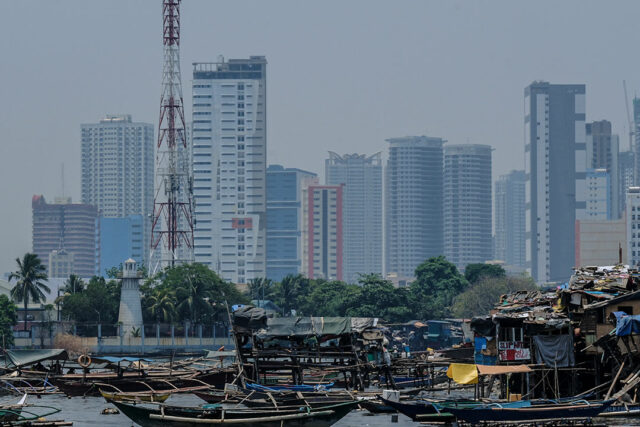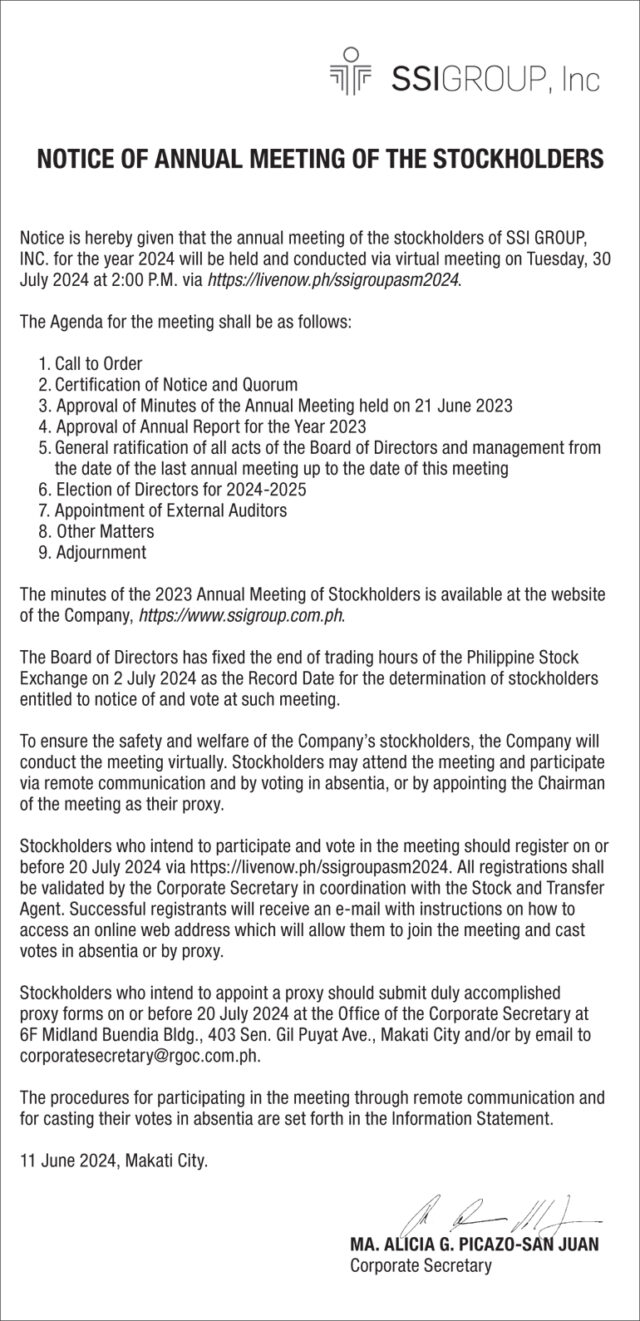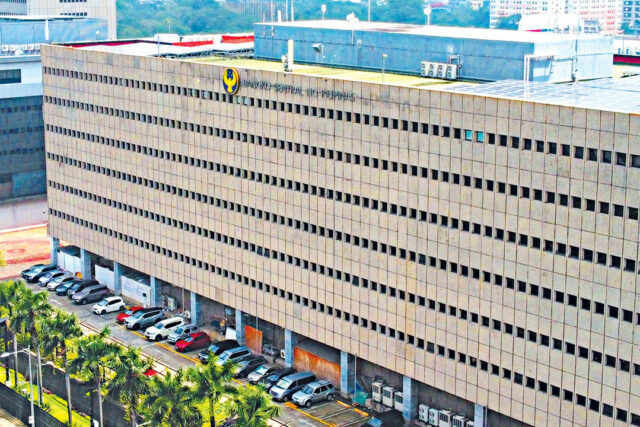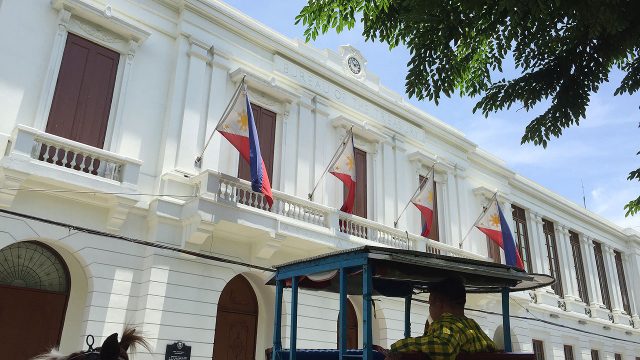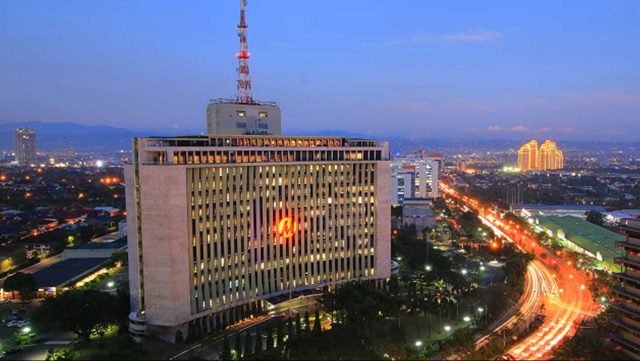Collabera Digital’s CONVERGENCE 2024 concludes bridging AI innovation and human creativity
Collabera Digital concluded the second edition of its highly anticipated CIO summit, CONVERGENCE 2024, themed ‘Creative Minds. Generative Algorithms.’, at the Shangri-La The Fort Manila, BGC, on June 20, 2024. The event brought together top executives from across industries to explore the intersection of human creativity and AI-driven innovation, shaping the future of digital transformation.
The summit featured keynote addresses and panel discussions led by industry leaders, focusing on AI adoption strategies, innovative financial services, and the transformation of global captive centers into innovation hubs. Attendees engaged in interactive experience zones, offering hands-on opportunities with cutting-edge solutions. Collabera Digital’s technology partners, including Google, AWS, and Salesforce, were also present, showcasing their solutions and contributing to the rich tapestry of innovative discussions at the event.
In his keynote speech about AI and human convergence, Kaushik Sarkar, President of Collabera Digital, said, “As AI starts ticking up all that the left side of the brain does, which is operational day-to-day routine, it is important to invest in the right side of the brain for all-round individual development to create more effective, efficient and empathetic individuals. Technology and human ingenuity are what will drive enterprises to become future-ready and navigate the evolving challenges with agility and success.”
With the engaging presence of returning host Mimi Ong, participants immersed themselves in dynamic exchanges aimed at enhancing business strategies amidst technological advancements. Highlights included sessions on fostering creativity within AI frameworks, underscoring the pivotal role of human ingenuity in leveraging emerging technologies.
Manan Mehta, Senior Vice-President & Country Head of Collabera Digital Philippines, said, “CONVERGENCE 2024 for us is not just about fostering business relationships, but also creating a platform — a genuine, authentic platform for sharing knowledge, sharing thoughts, and making meaningful connections. We thank our clients and technology partners for making this event a great success!”
About Collabera Digital:
Collabera Digital is a new age digital engineering company delivering unique experiences, actionable insights, and intelligent products & platforms at the intersection of talent & technology. We are at the forefront of innovation, blending human creativity with smart technologies to drive transformative solutions. Our client-first and highly collaborative approach enables organizations to accelerate their digital journeys with efficiency and velocity at scale.
Since our inception in 2010, Collabera Digital has soared to unparalleled heights. With a global presence spanning 11 countries throughout APAC and Europe, our network of over 25 offices serves as the epicenter of digital innovation. We proudly cater to a prestigious clientele, counting Fortune 500 companies amongst our 300+ esteemed clients.
For more information, visit www.collaberadigital.com.
Spotlight is BusinessWorld’s sponsored section that allows advertisers to amplify their brand and connect with BusinessWorld’s audience by publishing their stories on the BusinessWorld Web site. For more information, send an email to online@bworldonline.com.
Join us on Viber at https://bit.ly/3hv6bLA to get more updates and subscribe to BusinessWorld’s titles and get exclusive content through www.bworld-x.com.



 “There is no easy answer. What we’re selling is our services; we are not profit-oriented, and we want people to feel our service,” Mr. Marbil said.
“There is no easy answer. What we’re selling is our services; we are not profit-oriented, and we want people to feel our service,” Mr. Marbil said.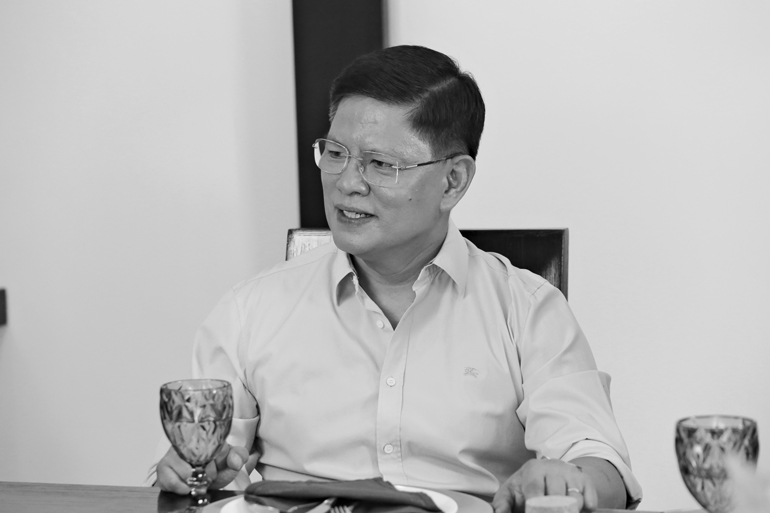 Also, with the ever-evolving digital world, especially with the rise of cybercrime cases, what the PNP needs is digital adoption. With modern technology, the police force is finding innovative ways to ensure efficiency and public safety.
Also, with the ever-evolving digital world, especially with the rise of cybercrime cases, what the PNP needs is digital adoption. With modern technology, the police force is finding innovative ways to ensure efficiency and public safety. In the Philippines, surveillance cameras are installed in every establishment, along with command centers located in various cities in the metro, and other regions as well. While they have the technology, they also lack connectivity. In response, PNP is helping in drafting further legislation to improve interconnectivity in the country.
In the Philippines, surveillance cameras are installed in every establishment, along with command centers located in various cities in the metro, and other regions as well. While they have the technology, they also lack connectivity. In response, PNP is helping in drafting further legislation to improve interconnectivity in the country. Hence, the national police force is striving for change, both internally and externally, ensuring a better force will serve and protect the Filipino people.
Hence, the national police force is striving for change, both internally and externally, ensuring a better force will serve and protect the Filipino people.



